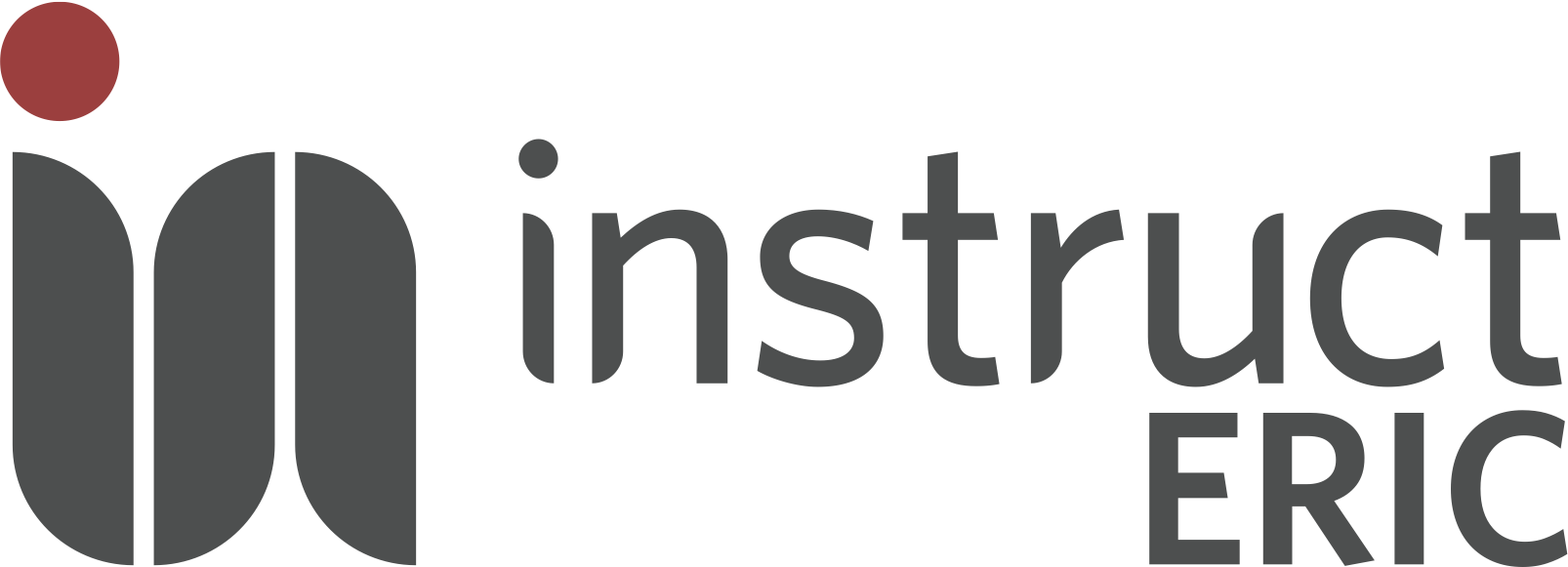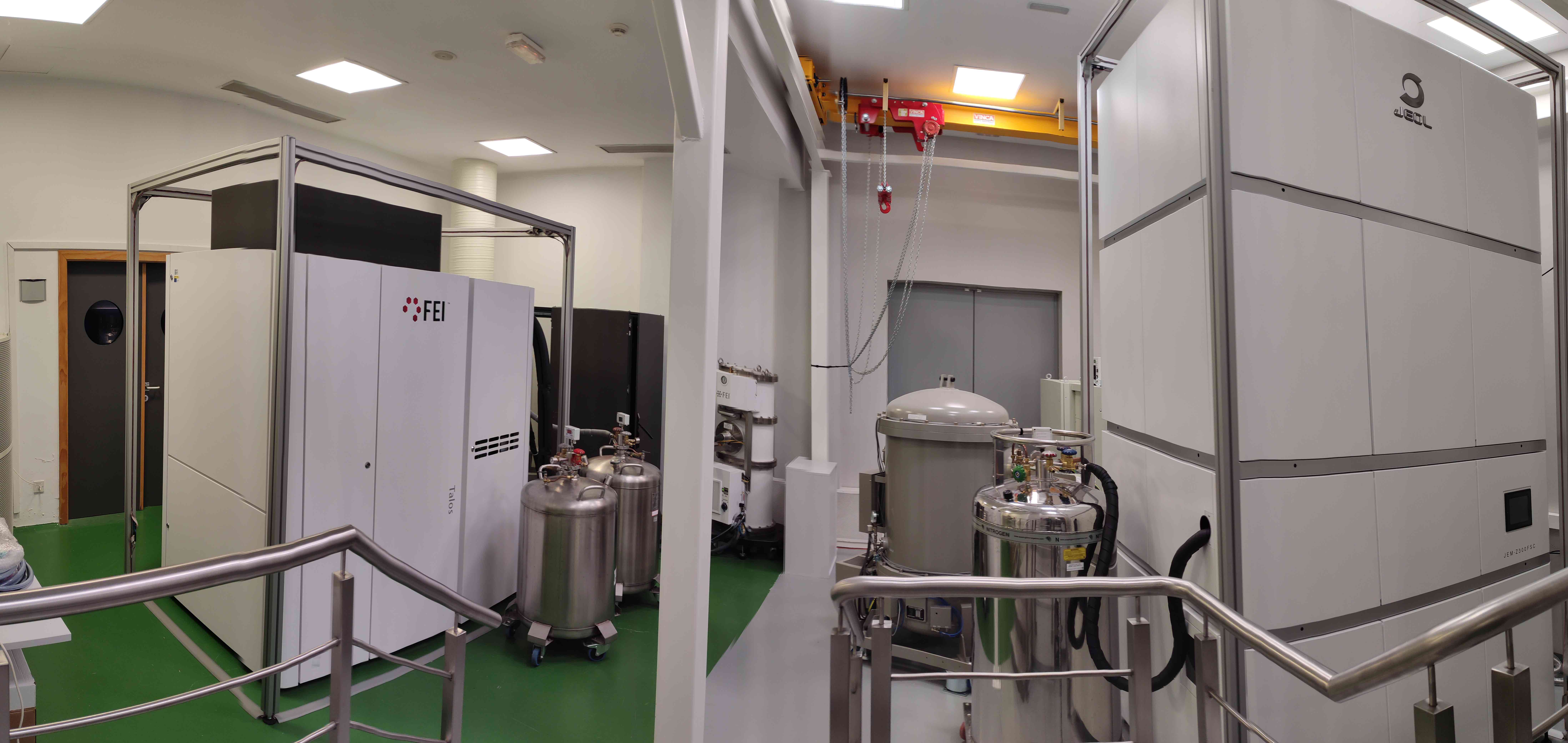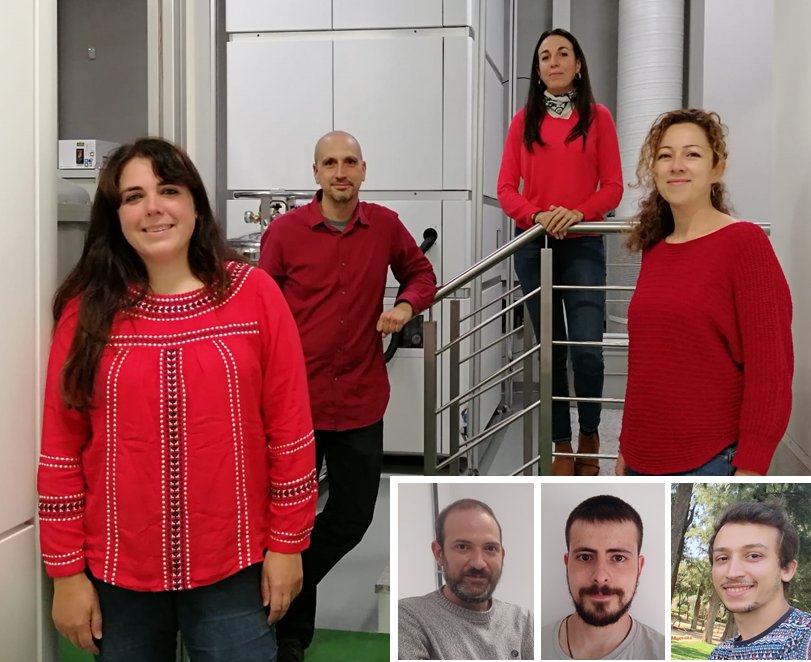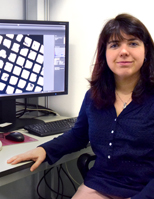Rocío Arranz
Head of service

Service Description
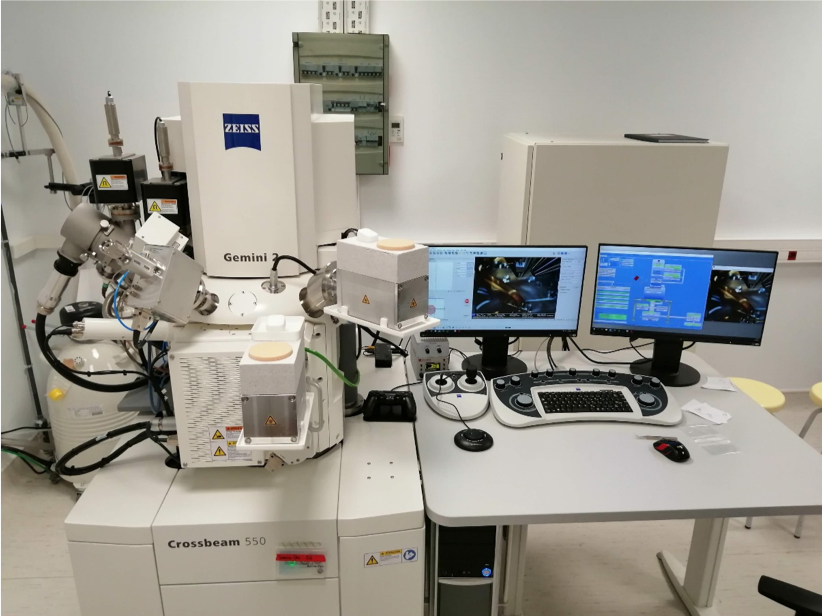
Based at the premises of the Centro Nacional de Biotecnología (CNB), the CNB-CSIC cryoelectron microscopy (CryoEM) facility is a state-of-the-art core service that offers different services, from sample preparation to sample characterization to CryoEM image and electron collection of unstained biological material.
The facility hosts two cryoelectron microscopes: A 300 kV JEOL CryoARM equipped with an autoloader, a Gatan K3 direct electron detector and an Omega energy filter, and a 200 kV FEI TALOS Arctica, equipped with an autoloader and a Falcon 4i direct electron detector. Both are suited for the collection of large amounts of high-resolution data that can be used for high-resolution studies using single-particle methodology, or for the reconstruction of pleiotropic structures such as cells and subcellular structures using cryoelectron tomography (cryoET). The Talos Arctica is also equipped with a CetaD camera for acquisition of electron diffraction data. Additionally, the facility hosts a standard 120 kV electron microscope JEOL JEM1400 for sample screening.
Specimen vitrification is also available at the service, with two devices suited for vitrification of small specimens such as proteins and macromolecular complexes (a FEI Vitrobot and a Leica EM CPC), and a third device suited for the fast-freezing of cellular samples, a Leica EM GP2 high-pressure freezer.
This facility is unique in Spain as it also offers the newly developed cryocorrelative microscopy technique, which allows the analysis of the same biological specimen by cryooptical microscopy (Zeiss LS900 AiryScan cryoconfocal microscope) and cryoelectron microscopy (both cryoelectron microscopes described above). The use of a Zeiss CrossBeam 550 cryo-FIB-SEM microscope will increase the cryocorrelative microscopy capabilities of the facility to direct visualization of cells for tissue-cell resolution or for preparation of thin lamellas in cells for molecular resolution.
Finally, the facility offers the expertise and infrastructure for electron diffraction data collection of microcrystals of both organic and biological origin. If needed, the microcrystals can be thinned using the cryo-FIB-SEM microscope. For queries and advice on the use of the cryoEM service and the different fees, it is advisable to contact the facility.
For European groups based outside Spain aiming to use the Talos Arctica, please consider applying to the iNEXT Access web site. The CNB-CSIC also hosts the Instruct Image Processing Center (I2PC) –Instruct is the Research Infrastructure for Structural Biology, part of the ESFRI Roadmap-, Cryo EM and Image processing access and support are included in the Instruct Technology Catalogue. We encourage users to request access to our services through Instruct- ERIC Website.
